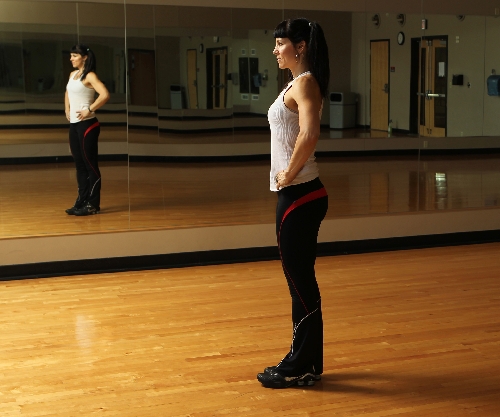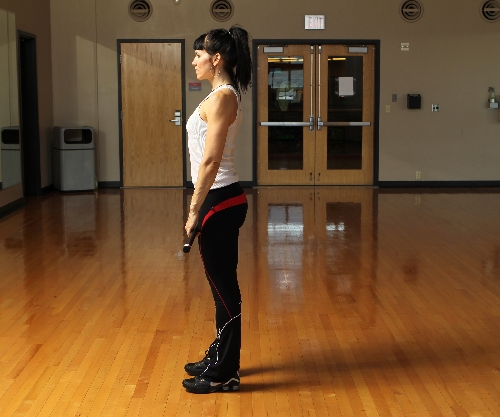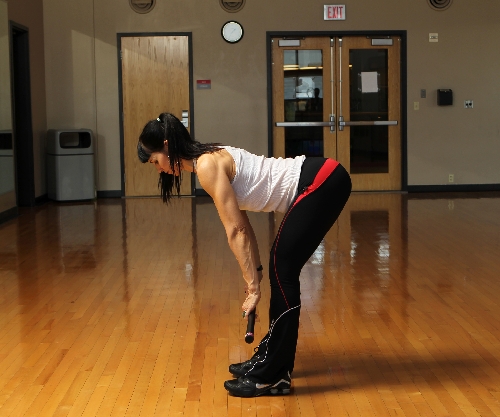Prevent ‘chair death’ by working to challenge your glutes




Think of the coolest car you can imagine. It might be a really fast sports car that hugs the road. Maybe your dream ride is a lifted truck with all the bells and whistles.
Now imagine never taking your dream car out for a ride. It just stays under the car cover in the garage. Eventually, the air seeps from the tires and the gasoline becomes stale. And for some reason, you’re OK with it. That’s the way you like it. Tragic, right?!
Your butt muscles are the same way. They are a group of muscles that are designed to be moving and generating force. Keeping with the analogy, they are the body’s sports car. Sitting on them just wastes their potential.
At my gym we refer to a thing called “chair death,” which occurs when prolonged sitting leads to butt amnesia and tight hips.
Gluteal muscles get lazy and don’t properly activate. Then, random muscles start to ache and become stiff. After a while it feels better to just stay seated. The back of your desk chair might as well say, “R.I.P. Here sits a lazy butt.”
The best way to avoid chair death is to get up and get your glutes moving. Make them work. Retrain them and push them to their limits.
The glutes are one of the first muscle groups to activate during many exercises. Today’s column will cover just what that means. Glute activation is achieved by squeezing the butt muscles together. It’s that simple.
Now, how long can you hold that squeeze? If you perform a squat, can you feel them relax during the exercise? What about during a lunge? What if you were to work out on the StairMaster without proper glute activation? Your knees would probably hurt because other muscles are forced to take over where the glutes leave off.
Training your glutes means ensuring their activation during every rep of every exercise where they’re involved. Butt muscles also respond well to exercises in different planes of motion. Most exercises are performed in a single plane. Sideways and diagonally are great for glute training.
Today’s exercises focus on glute activation. If the butt isn’t contracted, you will easily feel it in these exercise. The hip extension can just as easily be called “glute squeezes” because that’s what you’re doing. You lift one leg and squeeze.
The straight-leg dead lifts are a little more complex. You need to mentally keep track of a few different muscle groups to execute the exercise properly. Keep your mind on your muscles and don’t get distracted.
Sometimes, the hamstrings tend to be excessively tight. Tight hamstrings will not allow you to bend over very far. If this is the case for you, take a few weeks and lengthen your hamstrings by foam rolling and stretching.
Chris Huth is a Las Vegas trainer. You can contact him at 702trainer@gmail.com. Before beginning any exercise program, consult your physician.












